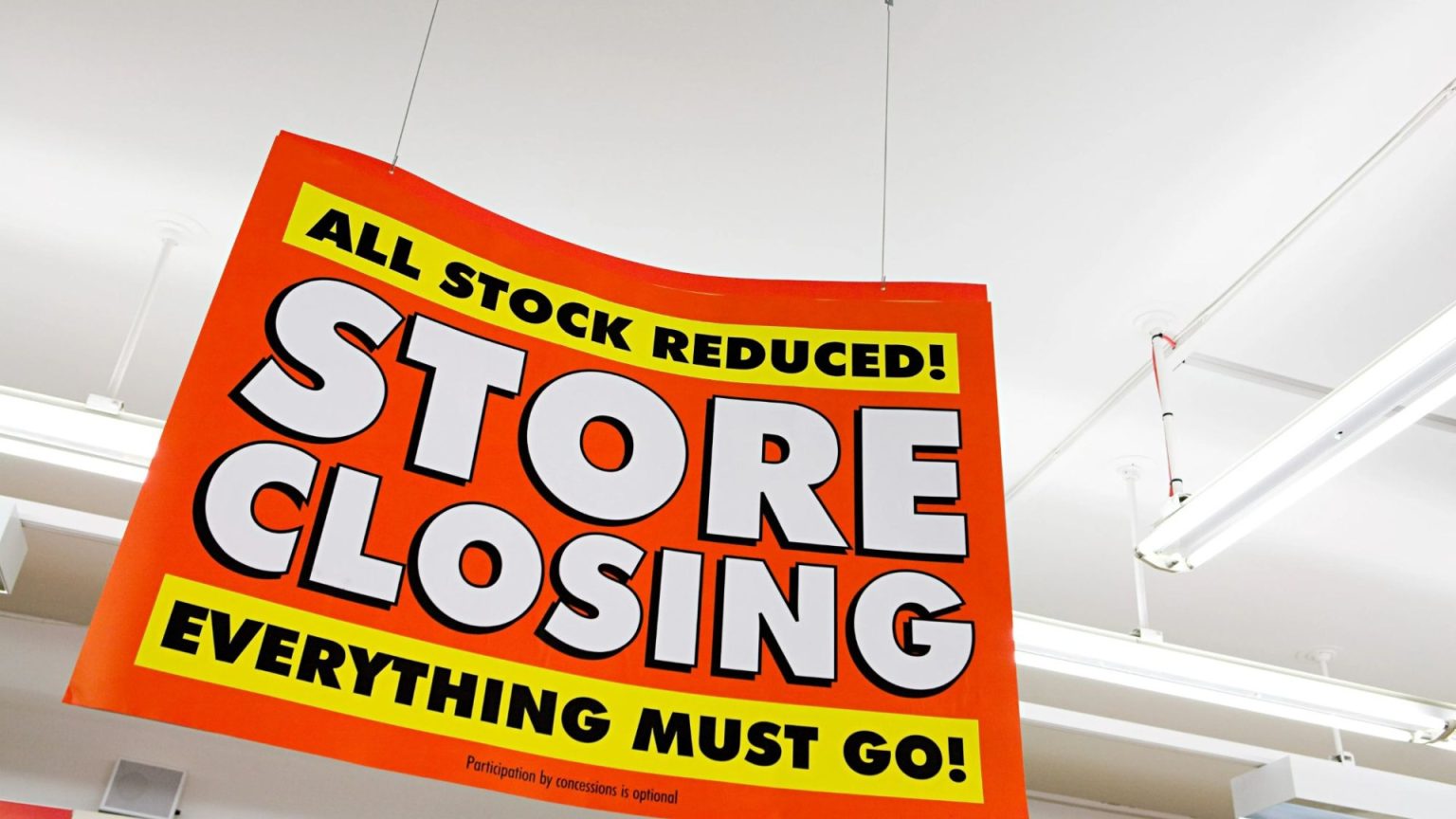The UK high street continues to face significant challenges, with fashion retailer Select Fashion announcing the closure of three more stores. This brings the total number of closures for the brand to eight in just the first few months of 2025, following five earlier announcements. The affected locations include Merthyr Tydfil and Chippenham, further impacting local economies and raising concerns among shoppers. Social media has been abuzz with reactions, ranging from sadness and disappointment to accusations that online shopping and large supermarket chains are contributing to the decline of the high street. The closures in Merthyr Tydfil have sparked particular anxiety among residents, who fear their town is becoming a “ghost town” as more businesses shut their doors. Select Fashion is advising shoppers to check the validity of any gift vouchers they may have before the affected stores cease trading.
The closures come on the heels of a difficult period for Select Fashion, which fell into administration in 2019, blaming challenging high street conditions. Although subsequently acquired by Genus UK Limited, the company entered into a Company Voluntary Arrangement (CVA) in the summer of 2024. This restructuring process allows businesses to negotiate their debts and potentially reduce rent costs, a common strategy employed by struggling retailers. This latest round of closures follows other store closures in 2024, including locations in Ipswich, Kent, Cwmbran, and Erith. Despite these setbacks, Select Fashion still maintains approximately 105 stores across the UK.
The broader context for these closures is a bleak outlook for the UK retail sector. The British Retail Consortium has predicted a £2.3 billion cost to the sector due to increased employer National Insurance Contributions. Research suggests that over half of companies plan to raise prices in the near future, primarily driven by rising employment costs. The Centre for Retail Research (CRR) forecasts the closure of approximately 17,350 retail sites in 2025, a significant increase from the already substantial 13,000 closures in 2024.
Professor Joshua Bamfield, director of the CRR, expresses concern over the trend, suggesting that 2025 could see even worse outcomes than the challenging years of the pandemic. He predicts that as many as 202,000 jobs could be lost in the retail sector due to rising operational costs and reduced consumer spending power. This paints a stark picture for the high street’s future, suggesting further hardship for both businesses and employees. The predicted job losses would surpass those experienced during the height of the COVID-19 pandemic, indicating the severity of the current situation.
The reasons behind this ongoing decline are multifaceted. The increasing popularity of online shopping is a major factor, as consumers opt for the convenience and often lower prices offered by e-commerce. High business rates and soaring inflation have also put pressure on retailers, making it increasingly difficult to maintain profitability. This combination of factors creates a challenging environment for brick-and-mortar stores, particularly those operating in already struggling high streets. The shift in consumer behavior towards online shopping has accelerated the decline of traditional retail spaces, exacerbating the existing challenges.
The CRR’s analysis indicates that a significant number of store closures in 2024 resulted from insolvency proceedings, reflecting the financial difficulties faced by many retailers. This highlights the precarious position of many businesses and the increasing risk of further closures in the coming years. The trend towards insolvency underscores the depth of the challenges facing the retail sector and indicates the potential for a continued wave of closures in the near future. The shift towards online shopping, coupled with rising costs and economic pressures, has created a perfect storm for the high street, leaving many businesses struggling to survive.











